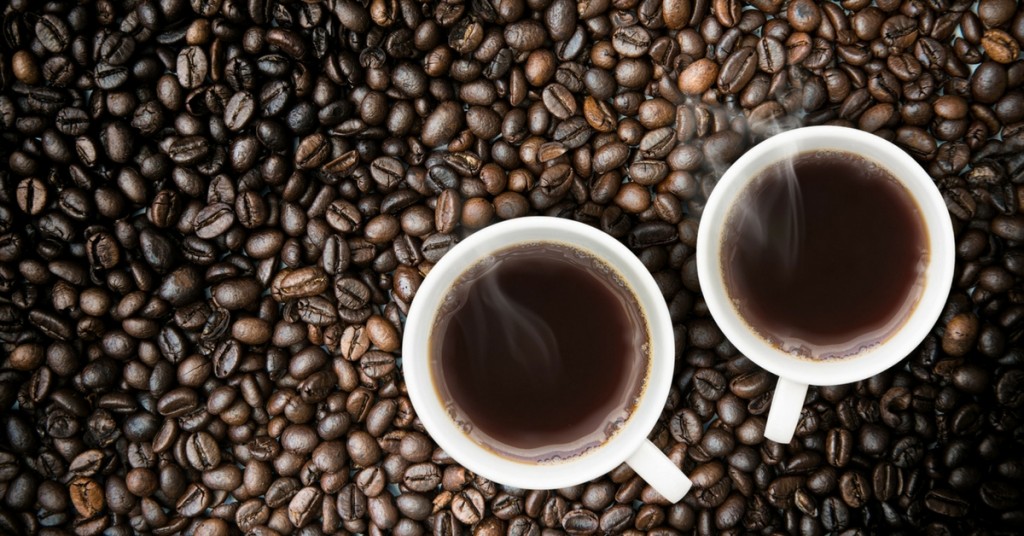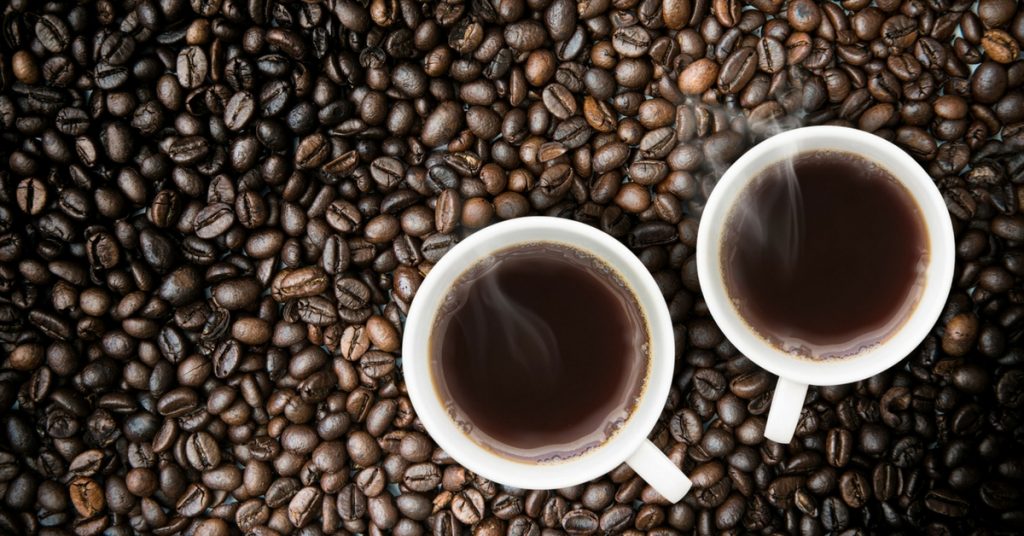Uncle John knows pretty much everything—and if he doesn’t, he heads his massive research library, or puts one of his many associates on the case. So go ahead: In the comments below, ask Uncle John anything. (And if we answer your question sometime, we’ll send you a free book!)
How is coffee decaffeinated? And is it really completely free of caffeine?

Apparently there are a lot of people out there who drink coffee just because it tastes good, because millions of packages of decaffeinated coffee fly off of store shelves each year. (Uncle John is always on deadline, and so he drinks coffee primarily for the helpful electric bolt of energy it provides.) Commercial processors of coffee use one of three main methods to remove the caffeine from the bean (without destroying the bean).
Historically, water has been used as an effective and safe solvent which is used to lure the caffeine out of the bean. It works by placing a pile of beans in a soaking chamber—near-boiling water causes the caffeine to become soluble. It then works its way out of the bean (sort of like how hot water applied to coffee beans creates a cup of coffee). A more common process used by large-scale coffee companies is called supercritical carbon dioxide decaffeination. It’s an expensive, complicated, industrial and chemical process, but it’s consistent and effective and removes more caffeine than other methods.
In S.C.D.D., green coffee beans (raw, unroasted coffee) are first soaked to help draw out the caffeine. Then, the beans are placed in a high pressure vessel, in which 300 times the regular pressure of the surrounding environment is applied. Carbon dioxide is then circulated through the beans. At incredibly high pressures such as these, carbon dioxide is an effective solvent. That means that while the water in the soaking beans draws the caffeine out, the carbon dioxide whisks it away—at this pressure, it has both liquid and gas properties—such as how speedily it can be pumped in and out of a pressure chamber. The caffeine-laden carbon dioxide then leaves the pressure vessel and into activated charcoal, which absorbs the caffeine. And then the gas is sent back into the beans in the pressure chamber to get out some more caffeine.
And to answer the second part of the question, no. The USDA requires packaging claiming coffee is decaffeinated to be at least 97 percent caffeine-free. This means that after the decaffeinating process, a six-ounce cup of decaf coffee may contain around 3 mg of caffeine.
That’s not totally caffeine free then, but it’s a lot less than the 60–100 mg present in a regular, full-strength cup of joe.








